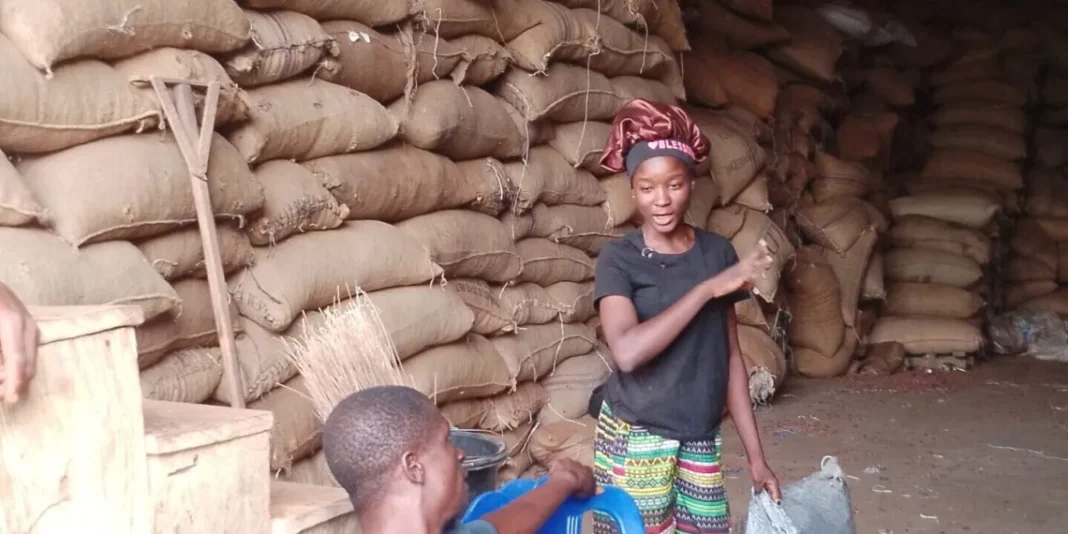Six years after graduating from university in his home state of Cross River, John Etta gave up on finding a white-collar job. Heeding his uncle’s advice, he ventured into agribusiness in 2021—focusing primarily on cocoa, the key ingredient in chocolate, alongside bush mangoes, plantain, yam, and cocoyam.


Etta’s uncle, a university lecturer, had introduced him to the promising opportunities in cocoa farming—particularly in their hometown, Bendeghe-Afi, located about 240 kilometres from Calabar, the state capital. The rising price of cocoa in the area had created new millionaires and supported many households.
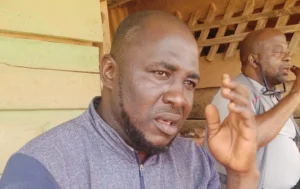
Bendeghe-Afi lies roughly 50 minutes from the Afi Forest Reserve by motorcycle and 23 kilometres from Ikom, the cocoa trading hub of Cross River. Ikom hosts several Licensed Buying Agents (LBAs)—the middlemen between cocoa farmers and exporters. With cocoa prices soaring and formal jobs scarce, nearly every household in Ikom and surrounding communities, like Etta’s and Abangku, now owns a cocoa farm—even if it’s just a small backyard plot.
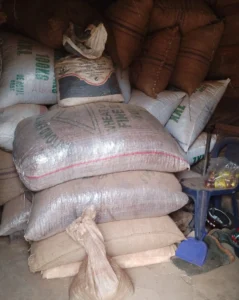
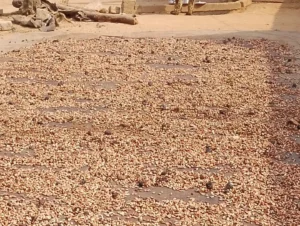
This boom has led to a surge in land demand, pushing farmers to expand their farms, sometimes illegally, into the Afi Forest Reserve—a protected area crucial for climate change mitigation. Locals argue that the land has been dormant for years since being handed over to the government.
“Everybody is now in the forest reserve,” said Bassey Foster, a forest ranger. “The forest isn’t expanding, but the population is. People need the land to survive.”
Benjamin Takim, secretary of the Trackers’ Union in Bendeghe-Afi and a motorcycle transporter of cocoa, agrees.
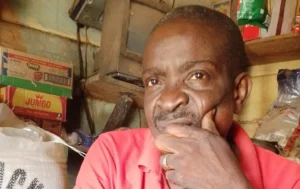
“Farmers from Abangku now farm inside the reserve. No one granted them access—they went in because the land was abandoned. They now see it as theirs.”
Takim added, “We don’t joke with the forest here when it comes to cocoa farming.”
As of January, cocoa’s off-season price ranged between ₦12,500 and ₦13,500 per kilogram, with a 100kg bag selling for ₦1.25 million to ₦1.35 million. Prices are expected to rise when the main cocoa season begins in October.
Retired civil servant-turned-farmer Takaim Ekori confirmed the trend. The cocoa trade follows a structured supply chain: farmers harvest and dry the beans, then sell to LBAs, who provide logistics, pesticides (like Gammalin for black pod disease), and improved seedlings. LBAs then sell to exporters—often multinational companies like Olam, Tulip, and Cargill—which supply the global chocolate industry.


However, the industry has long been criticized for contributing to deforestation, especially as exporters fail to monitor the source of their cocoa. This concern prompted the European Union to introduce the European Union Deforestation Regulation (EUDR). Set to take effect in 2026, the regulation mandates that all cocoa entering Europe must be traceable and not sourced from deforested or protected lands.
One of Ikom’s leading exporters, Tulip Cocoa Processing Limited, a subsidiary of Amsterdam-based Theobroma, has reportedly expanded its processing capacity from 12,000 to over 30,000 tonnes annually, according to the Nigeria Export Promotion Council (NEPC).
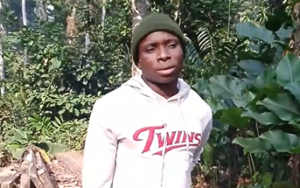
Tulip, whose largest market is the EU, declined to comment on inquiries. However, a company official stated:
“We have field officers, agronomists, and a strict traceability system. We don’t source cocoa from protected areas. Farmers are registered, and we track supply quantities.”
Still, community members dispute this. Farmers are allegedly mixing cocoa from family-owned farms and reserve areas before selling to LBAs—who then supply companies like Tulip.
“I can’t count the number of bags we move from the forest,” said Benjamin Takim. “Some bring out as much as two tonnes—32 bags—in a year. It’s impossible to track everything.”
Ranger Foster also confirmed the widespread encroachment:
“Everyone is in the reserve now. Tulip, Olam—all give LBAs money to buy cocoa. No one cares where it comes from. As long as it’s cocoa, they buy it. Will the cocoa say, ‘I’m from the forest?’”
Godwin Ukwu, the owner of Goddy Ukwu warehouse and the National General Secretary of the Cocoa Association of Nigeria (CAN), is a major LBA in Ikom. He claims his operations maintain a sound traceability system.
“About 80% of the cocoa we sell is traceable. We document every supplier and their farm’s location using GPS coordinates.”
However, he admitted that around 20% of the cocoa is from untraceable sources.
“We’re aware of the EU regulation and working to comply. But some of these farms were already in the reserve before the law. That’s why we’re pushing for legislative approval to de-reserve certain areas.”
Ukwu believes cocoa trees, like forest trees, help absorb carbon and should be considered beneficial.
“If the EU rejects cocoa from these areas, we can divert it to Asian or other markets. The regulation isn’t global—yet.”
Ibiang Essien, Director of Operations at the Cross River State Forestry Commission, confirmed that parts of the Afi Forest Reserve had been encroached upon. He revealed that the state plans to establish mobile courts to sanction illegal farming and would consider community proposals to de-reserve some areas.
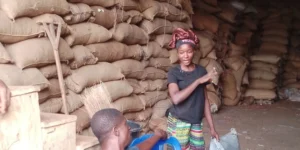
“We understand the growing need for land due to population pressures. But due process must be followed.”
As Nigeria remains a leading cocoa exporter—albeit behind Ghana and Ivory Coast—concerns are rising over how the EUDR might impact the country’s cocoa trade, a vital non-oil export. The challenge now is to strike a balance between economic opportunity and environmental responsibility.

